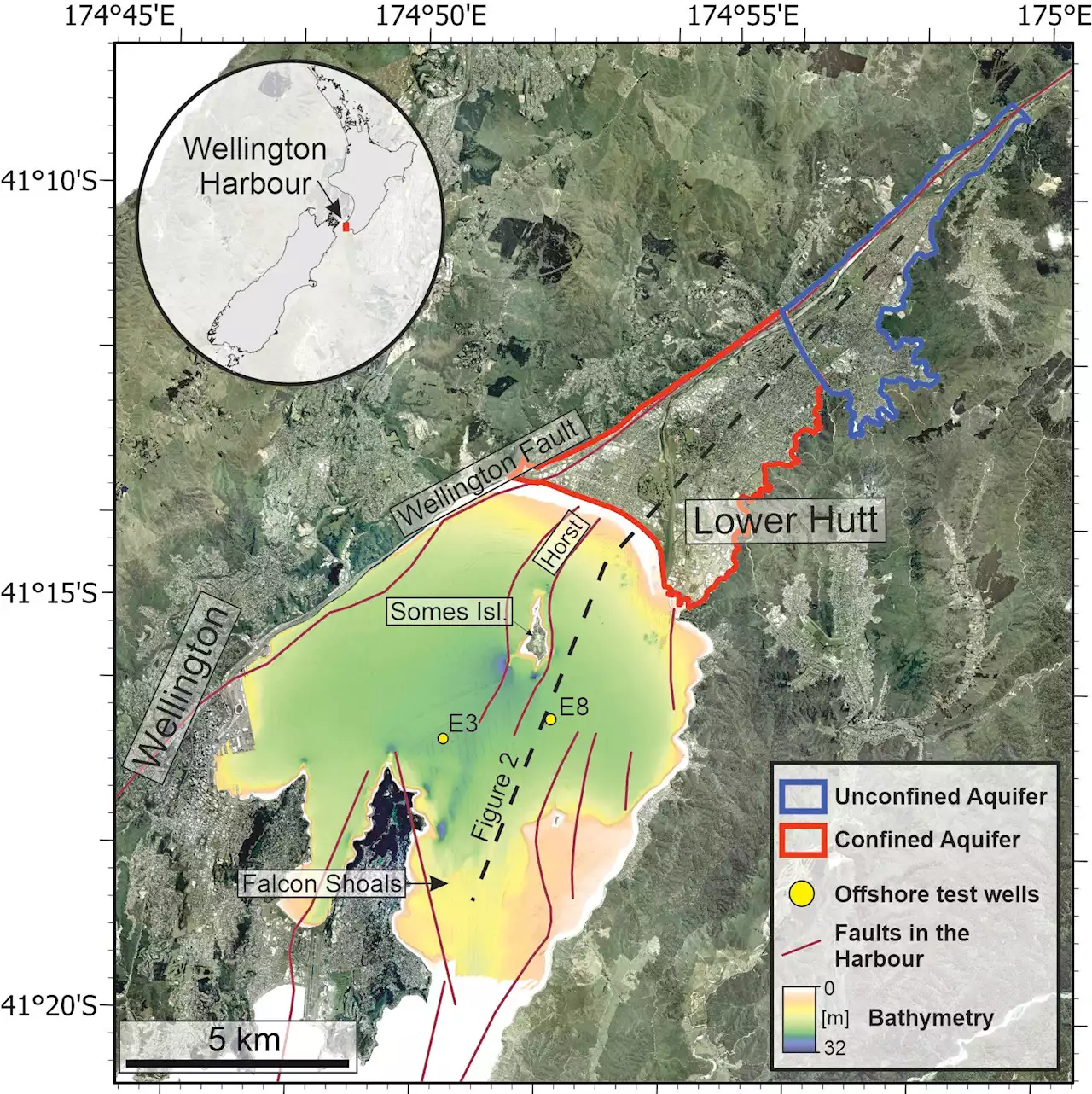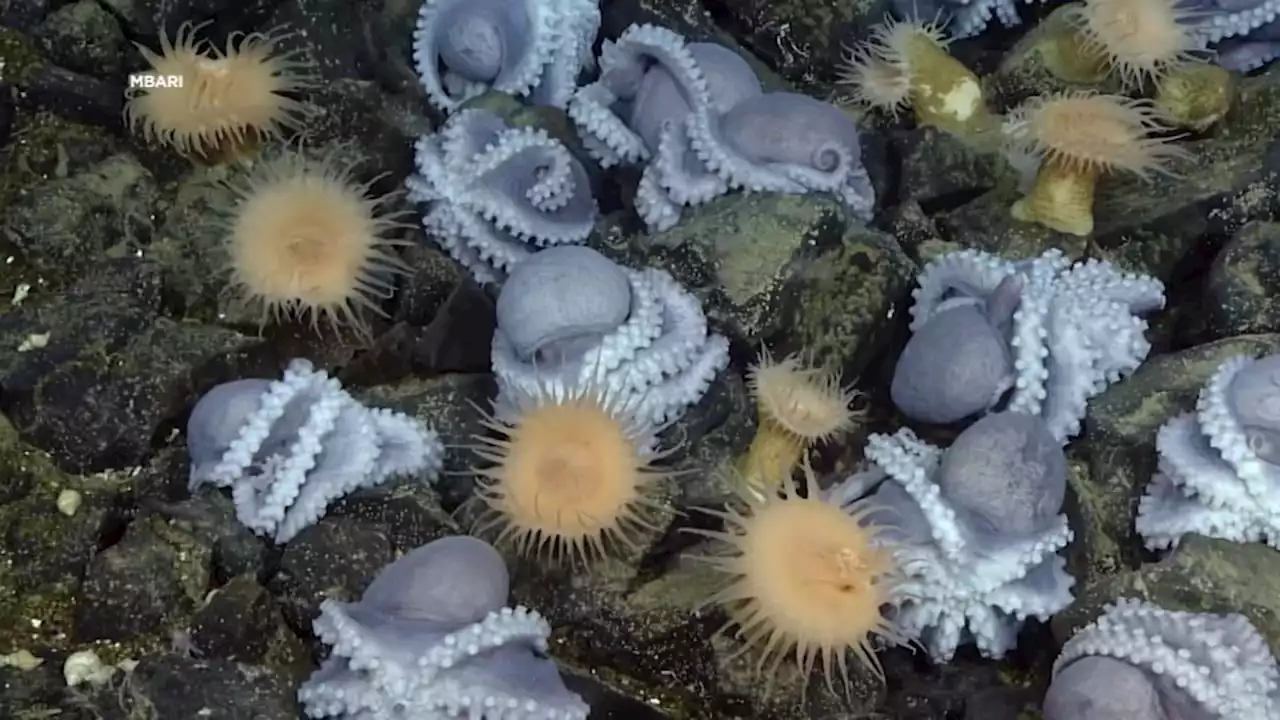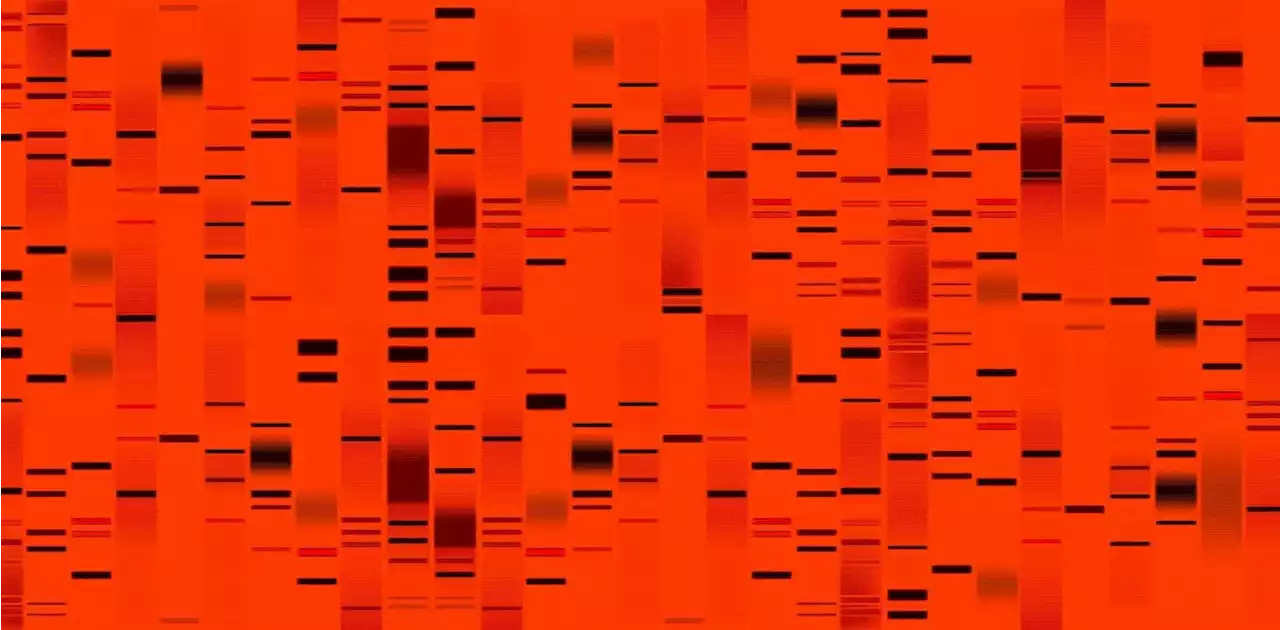Researchers have uncovered evidence of a group of Neanderthals that hunted deer around 60,000 years ago.
The excavations led by researchers with the Catalan Institute of Human Paleoecology and Social Evolution and Rovira i Virgili University unearthed more than 1,000 archaeological remains at the site this year.
The Rb layer corresponds to a period of time in prehistory when a group of Neanderthals were searching for food and set up camp in the area, researchers said. The team found the remains of what this group ate, with the evidence in the Rb layer indicating that this group specialized in hunting deer.the remains of at least four male deer—three of which were piled up in the same area—as well as fragments of antlers and other skeletal remains.
Demà dijous acaben les excavacions a l’Abric Romaní ... com han anat?🔨 Aquest any s’ha continuat excavant el nivell R, on l’any passat es...had fractured themselves. The reason for this was to obtain the marrow inside—an important source of protein and fat, the researchers told Spanish news agency EFE.
United States Latest News, United States Headlines
Similar News:You can also read news stories similar to this one that we have collected from other news sources.
 Neanderthal Burial With Flowers Likely The Result Of Animal Activity, New Study FindsA new study concludes that a Neanderthal burial site with flowers as a final gift to the deceased is more likely the result of animals, like bees collecting pollen.
Neanderthal Burial With Flowers Likely The Result Of Animal Activity, New Study FindsA new study concludes that a Neanderthal burial site with flowers as a final gift to the deceased is more likely the result of animals, like bees collecting pollen.
Read more »
 Researchers create detailed map of Waiwhetu Aquifer, technique could improve worldwide access to coastal freshwaterFor the first time, NIWA used several techniques to map and understand the Waiwhetu Aquifer. This is a reservoir of drinking water that lies beneath the Hutt Valley and Wellington Harbor, and it releases freshwater from deep under the seabed via natural springs.
Researchers create detailed map of Waiwhetu Aquifer, technique could improve worldwide access to coastal freshwaterFor the first time, NIWA used several techniques to map and understand the Waiwhetu Aquifer. This is a reservoir of drinking water that lies beneath the Hutt Valley and Wellington Harbor, and it releases freshwater from deep under the seabed via natural springs.
Read more »
 Researchers use underwater technology in Bay Area to unlock mysteries of rare octopus gardenThousands of octopus moms are protecting their newly laid eggs on the ocean floor of the Monterey Bay National Marine Sanctuary.
Researchers use underwater technology in Bay Area to unlock mysteries of rare octopus gardenThousands of octopus moms are protecting their newly laid eggs on the ocean floor of the Monterey Bay National Marine Sanctuary.
Read more »
 How a failed experiment led to researchers showing that assumptions about chromosomal behavior were wrongThe cellular processes involved in gene regulation can be unexpectedly complicated. The expression of genes—the when, where and how much of gene activity—underlies all of biology, but is surprisingly poorly understood.
How a failed experiment led to researchers showing that assumptions about chromosomal behavior were wrongThe cellular processes involved in gene regulation can be unexpectedly complicated. The expression of genes—the when, where and how much of gene activity—underlies all of biology, but is surprisingly poorly understood.
Read more »
 Waiting on tables, mending puppets: the first jobs that shaped researchers’ careersMany scientists credit teenage jobs and university or summer side roles for imparting important transferable skills and valuable life experiences.
Waiting on tables, mending puppets: the first jobs that shaped researchers’ careersMany scientists credit teenage jobs and university or summer side roles for imparting important transferable skills and valuable life experiences.
Read more »
 If AI becomes conscious: here’s how researchers will knowA checklist derived from six neuroscience-based theories of consciousness could aid in the assessment.
If AI becomes conscious: here’s how researchers will knowA checklist derived from six neuroscience-based theories of consciousness could aid in the assessment.
Read more »
